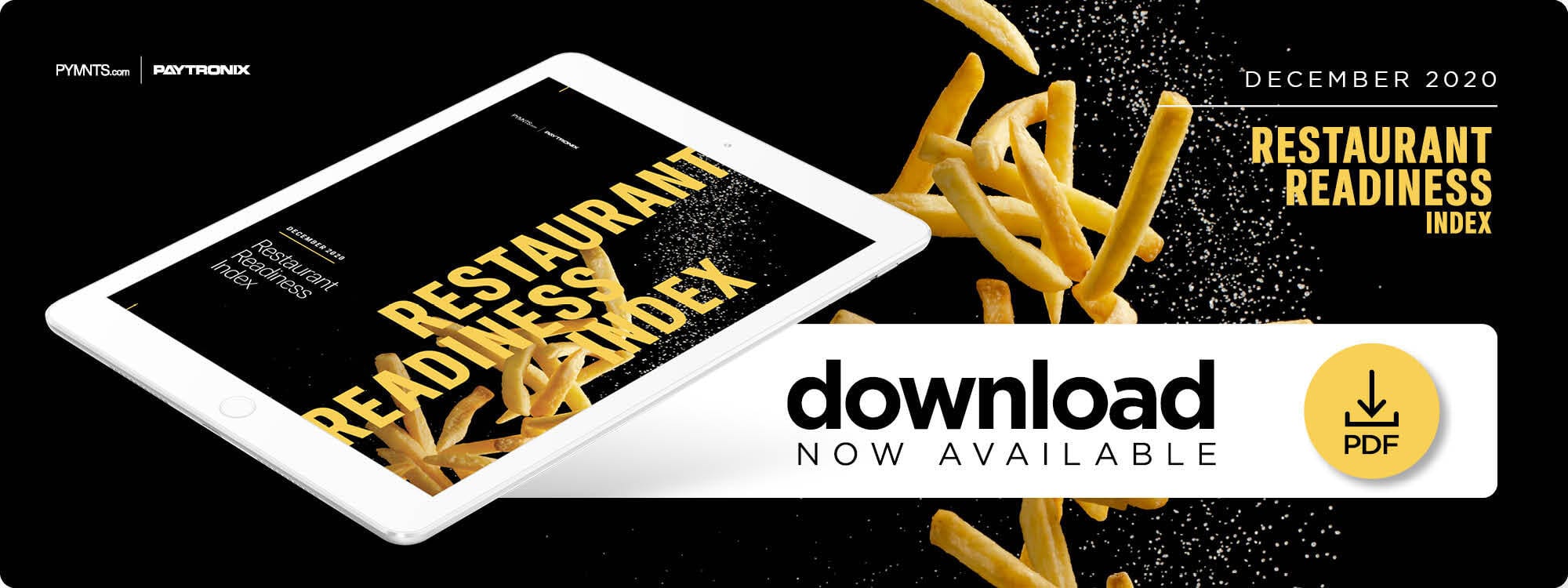Study: The 12 Features That Have Helped Restaurants Make 2020’s Digital Shift — And Drive Sales
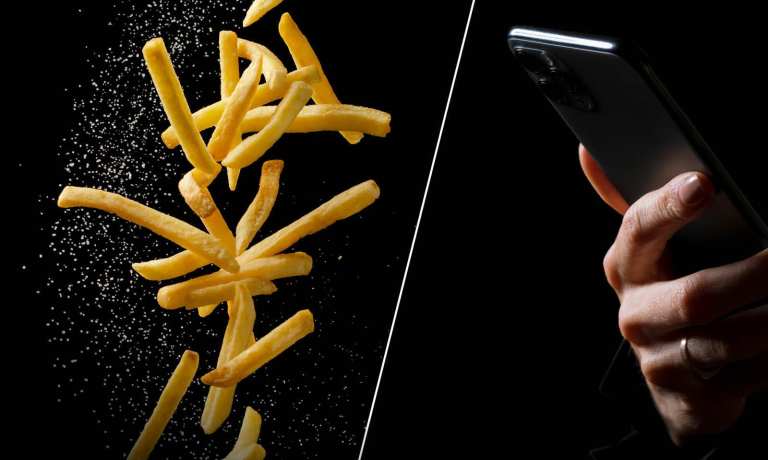
In the face of the global pandemic, restaurant chains have had to alter their service operations to accommodate social distancing requirements and the new normal as we know it. Today, customers of restaurant chains place food orders through quick-service restaurant (QSR) websites, mobile apps or via third-party delivery platforms. Restaurants have had to shift their business strategies to reduce 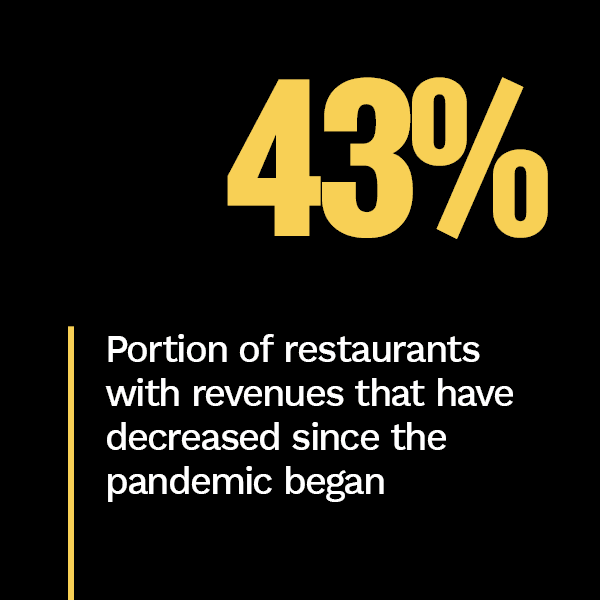 overhead costs associated with full-service restaurant locations while also catering to customers’ heightened demand for digital services. The result has caused a paradigm shift to online and mobile ordering that allows customers to safely and conveniently pick up their food or have it delivered to eat at home.
overhead costs associated with full-service restaurant locations while also catering to customers’ heightened demand for digital services. The result has caused a paradigm shift to online and mobile ordering that allows customers to safely and conveniently pick up their food or have it delivered to eat at home.
New PYMNTS research shows that 23.3 percent of all restaurants are observing less brick-and-mortar foot traffic and more digital engagement than they did before the pandemic began. Not all restaurants are succeeding in their drive to convert these new, digital-first consumers, however: Some restaurants may be overestimating customers’ interest in technologies like in-store kiosks and overlooking features that could help drive customer spend even more.
So, what digital innovations should restaurants use to boost customer engagement and which solutions can help them generate more revenue during this time?
The Restaurant Readiness Index, a PYMNTS and Paytronix collaboration, aims to assess how restaurants’ customer engagement strategies have evolved since the pandemic’s onset. We surveyed a census-balanced panel of 2,123 U.S. consumers and 490 restaurant operators to identify the key digital innovations that can help restaurants deliver improved user experiences and boost their average unit volumes (AUVs).
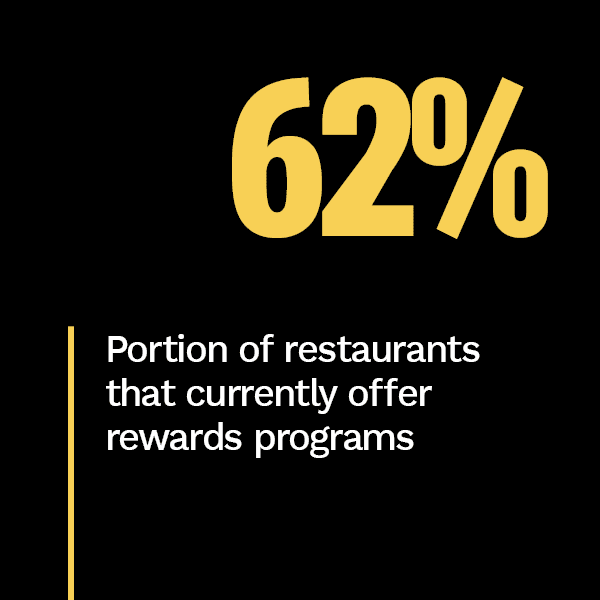 Our research revealed that widespread closures and capacity restrictions have hit the restaurant industry hard, as roughly four in 10 restaurants have seen their revenues decrease since the pandemic was first declared in March. This figure is even higher among restaurants that generate lower AUVs. Sixty percent of restaurants with less than $250,000 in AUV experienced revenue decreases since the pandemic began compared to 55 percent of restaurants generating between $250,000 and $1 million in AUV. Restaurants with more than $1 million in AUV have managed to weather this financial storm more effectively, as only 32 percent have seen their revenues decrease since the pandemic began.
Our research revealed that widespread closures and capacity restrictions have hit the restaurant industry hard, as roughly four in 10 restaurants have seen their revenues decrease since the pandemic was first declared in March. This figure is even higher among restaurants that generate lower AUVs. Sixty percent of restaurants with less than $250,000 in AUV experienced revenue decreases since the pandemic began compared to 55 percent of restaurants generating between $250,000 and $1 million in AUV. Restaurants with more than $1 million in AUV have managed to weather this financial storm more effectively, as only 32 percent have seen their revenues decrease since the pandemic began.
Simultaneously, more than half of the restaurants that have experienced revenue increases have benefited from the surge in mobile ordering. Ninety-two percent of top-performing restaurants provide mobile order-ahead options, and an equally large share also offer loyalty programs. For those restaurants that do not have loyalty programs, this is a lost opportunity, as our research shows that 39 percent of all restaurant customers would likely spend more if their usual restaurants offered such programs.
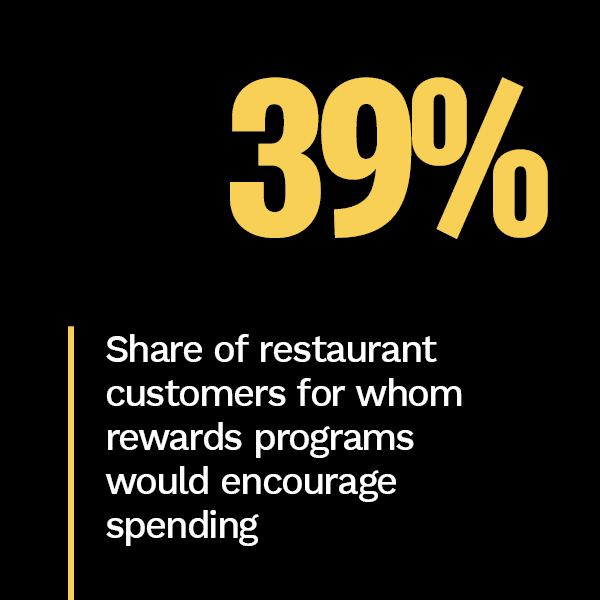 Other notable features that are almost universally offered by top performers include online ordering via website and curbside pickup options. Our research indicated that 89 percent of top performers allow their customers to order their food online, for example, while 91 percent provide curbside pickup options. Only 9.2 percent and 24 percent of bottom performers provide these features, respectively.
Other notable features that are almost universally offered by top performers include online ordering via website and curbside pickup options. Our research indicated that 89 percent of top performers allow their customers to order their food online, for example, while 91 percent provide curbside pickup options. Only 9.2 percent and 24 percent of bottom performers provide these features, respectively.
These are only some of the findings from our research. To learn more about how consumers and restaurants are adjusting to food service’s digital shift during the pandemic, download the Index.
